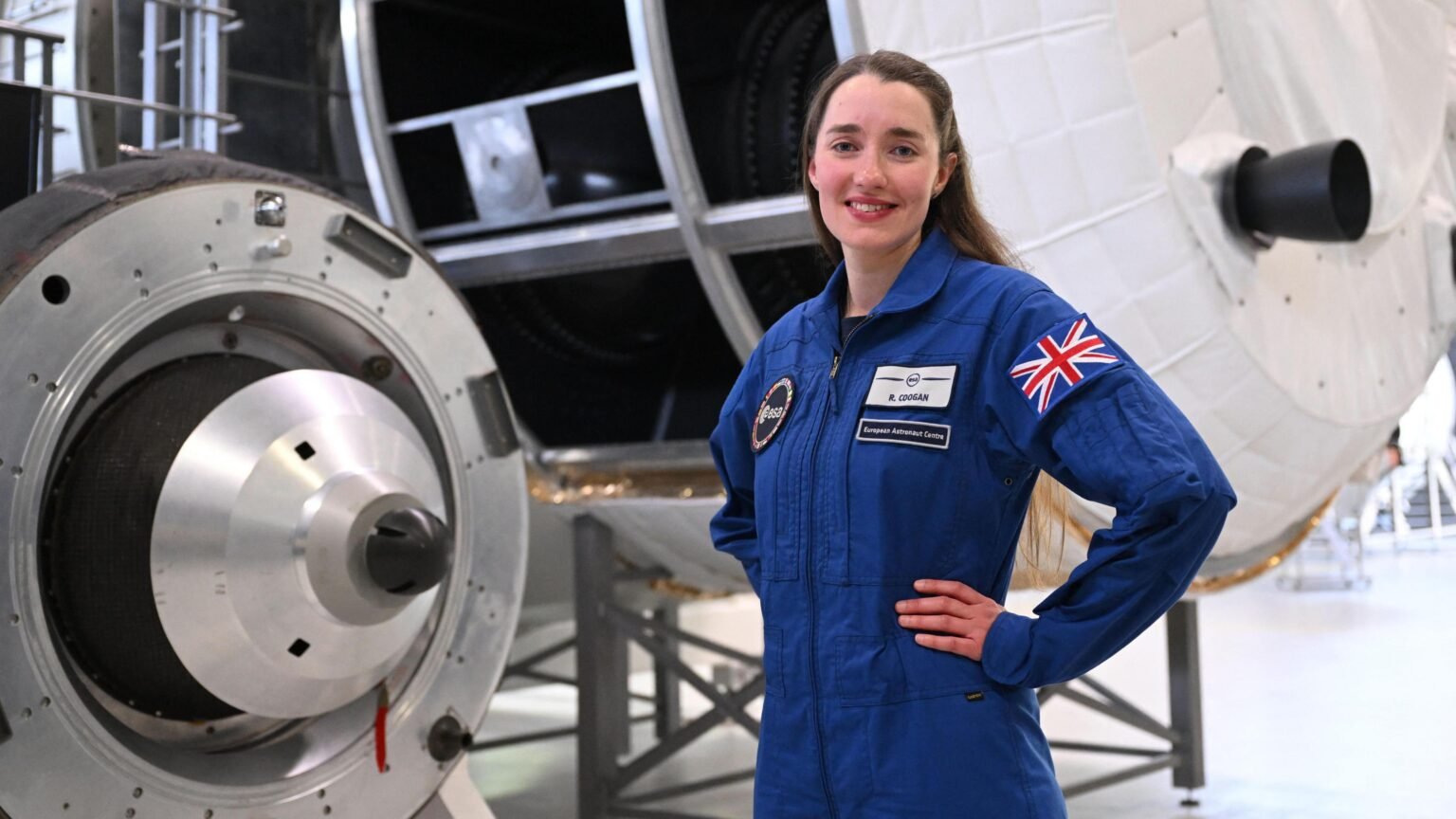Pushing Boundaries: Rosemary Coogan’s Path to Becoming the First Briton to Walk on the Moon
British astronaut Dr. Rosemary Coogan is nearing a major milestone — becoming the first Briton to walk on the Moon.Today, she is surrounded by a flurry of activity as NASA technicians methodically help her into a full-body spacesuit. After 45 minutes, her helmet is secured, sealing her in for one of her toughest astronaut tests yet.
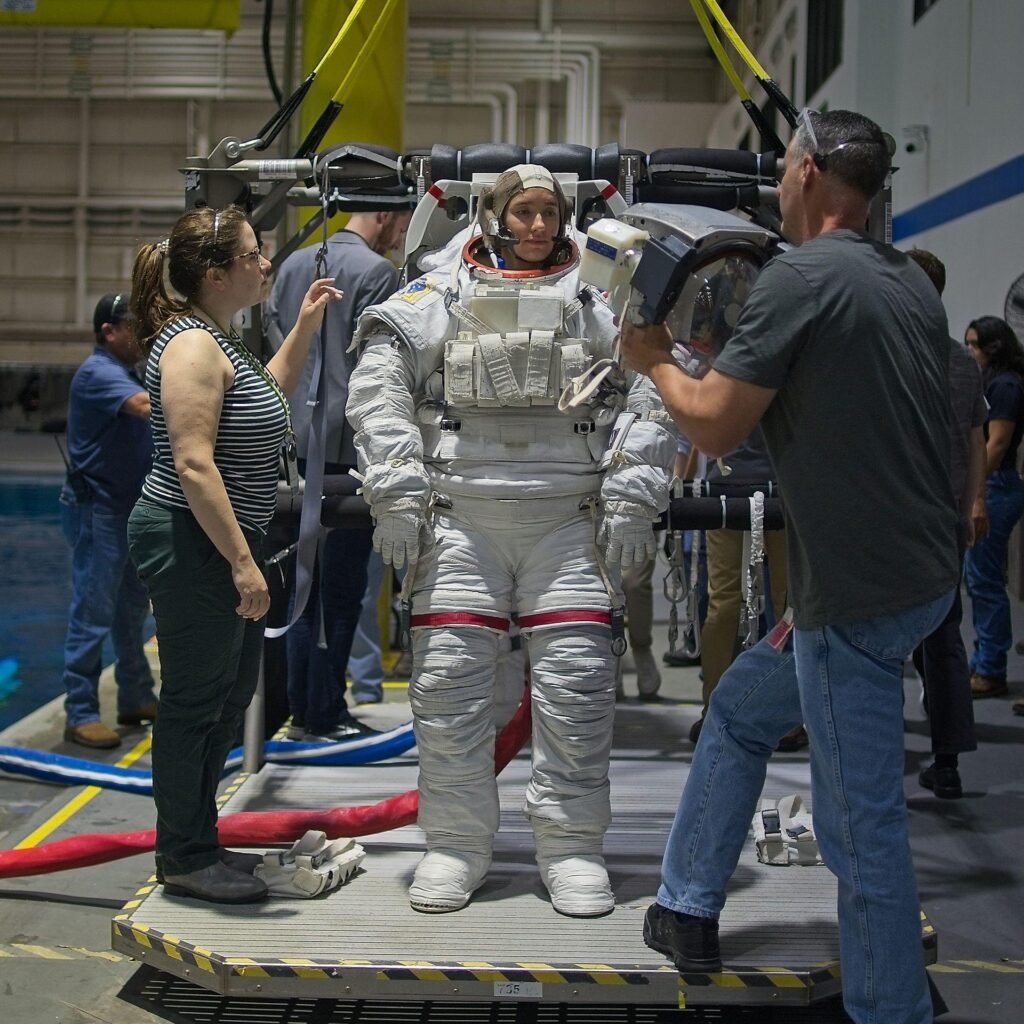
She’s set to begin a crucial simulation at NASA’s Neutral Buoyancy Laboratory, one of the world’s largest pools. The 12-meter-deep facility holds a full-scale ISS replica and closely mimics microgravity, making it ideal for spacewalk training.
“It’s a big day,” Rosemary says, moments before she’s submerged for the six-hour test. “Physically and mentally, it’s going to push every limit.”
Despite the pressure, she waves and smiles as she is lowered into the water — a reminder of her quiet confidence.
From Stargazer to Space Pioneer: Rosemary Coogan’s Journey to Walk on the Moon
Rosemary’s fascination with space began in childhood. Like many, she dreamed of becoming an astronaut — but growing up, that dream seemed unreachable.
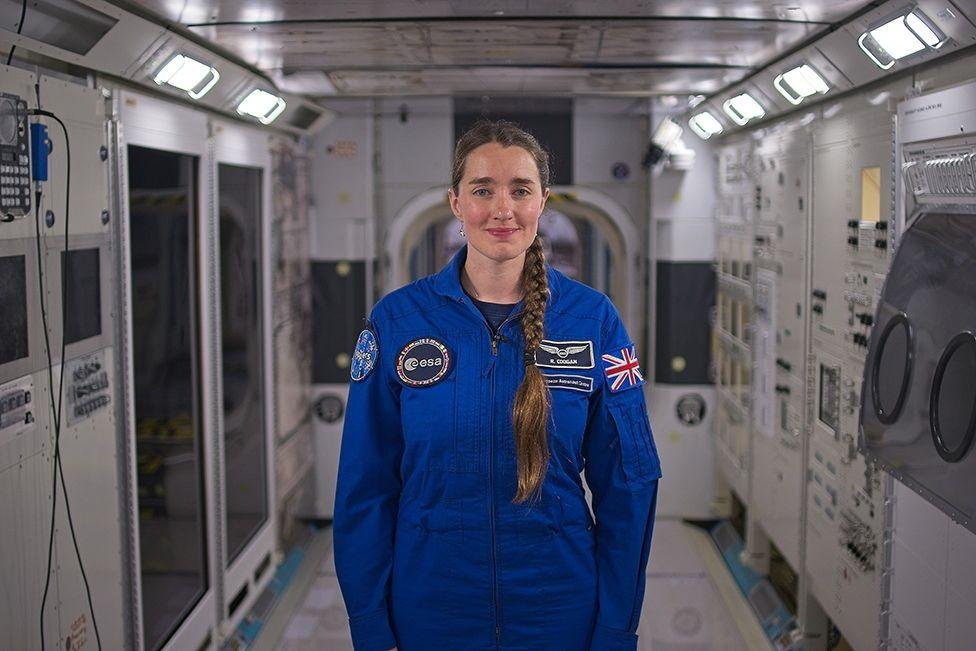
“You don’t exactly meet astronauts at school career days,” she recalls. “So, I turned to the stars in a different way — through astrophysics.”
Her academic pursuits led her to a thriving career in astrophysics. But when the European Space Agency (ESA) opened applications for a new class of astronauts, Rosemary seized the opportunity. Out of more than 22,000 hopefuls, she was one of the few chosen for ESA’s elite astronaut corps.
ESA aims to send her to the ISS by 2030, joining British astronaut greats like Helen Sharman and Tim Peake. But Rosemary’s journey may extend even farther — toward the Moon.
Inside the Astronaut Training Regime: Preparing to Become the First Briton to Walk on the Moon
Over the past six months, Rosemary has immersed herself in extensive training at NASA’s facilities. From understanding spacecraft systems to dealing with life-support and hygiene on long-duration missions, nothing is overlooked.
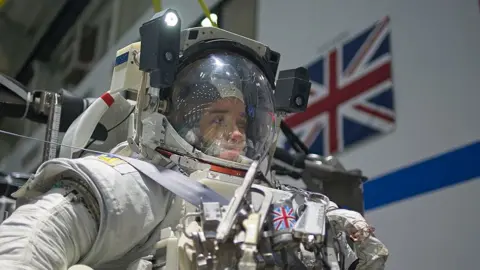
During a tour of a full-scale ISS mock-up, she showcases the cramped modules and explains how astronauts manage personal tasks, like bodily functions, in microgravity.
“This funnel connects to an air suction system for liquid waste,” she explains. “For women, there’s an added filter for managing periods, especially if you choose not to suppress them with medication.”
What seems like mundane training on Earth is essential for survival in space, where recycled urine is turned into drinkable water—a crucial part of the closed-loop system needed for long missions.
The Underwater Spacewalk Simulation
In the massive training pool, divers carefully adjust Rosemary’s buoyancy to simulate the weightlessness she’ll experience in orbit. Clad in a heavy, pressurized spacesuit, she carefully maneuvers through the mock-up ISS, securing herself at every turn with hooks to prevent drifting.
Each movement is slow and calculated, requiring both muscle and mental endurance. The handholds she grabs are identically positioned to those on the real station — practicing these motions helps build vital muscle memory for the real thing, possibly in orbit or even on the lunar surface.
“You have to be precise,” she says. “You don’t want to waste energy correcting mistakes. Everything needs to be right the first time.”
During the simulation, Rosemary works in tandem with another astronaut, completing a checklist of mock repairs while receiving constant updates and feedback from the control room above.
A High-Stakes Emergency Drill
As the training session nears its conclusion, an unexpected twist tests Rosemary’s ability to handle crisis scenarios. Her fellow astronaut goes silent — simulating an unconscious partner. Rosemary quickly assesses the situation, then tows him back to the airlock, battling fatigue after six hours underwater.
“She has the endurance of a champion,” says Jenna Hanson, a NASA spacewalk instructor. “She handled the emergency scenario like a pro. We’re really impressed with her progress.”
Finally, Rosemary is lifted from the pool, and the team removes her suit. She’s visibly drained, but her face beams with pride.
“That was a tough one,” she says, catching her breath. “But incredibly rewarding — a real taste of what might lie ahead.”
Eyes on the Moon
In a quiet moment, Rosemary visits the Saturn V rocket — the colossal vehicle that took humans to the Moon in the Apollo era. More than 50 years later, NASA is preparing to return to the lunar surface through the Artemis program, with ESA astronauts expected to participate in future missions.
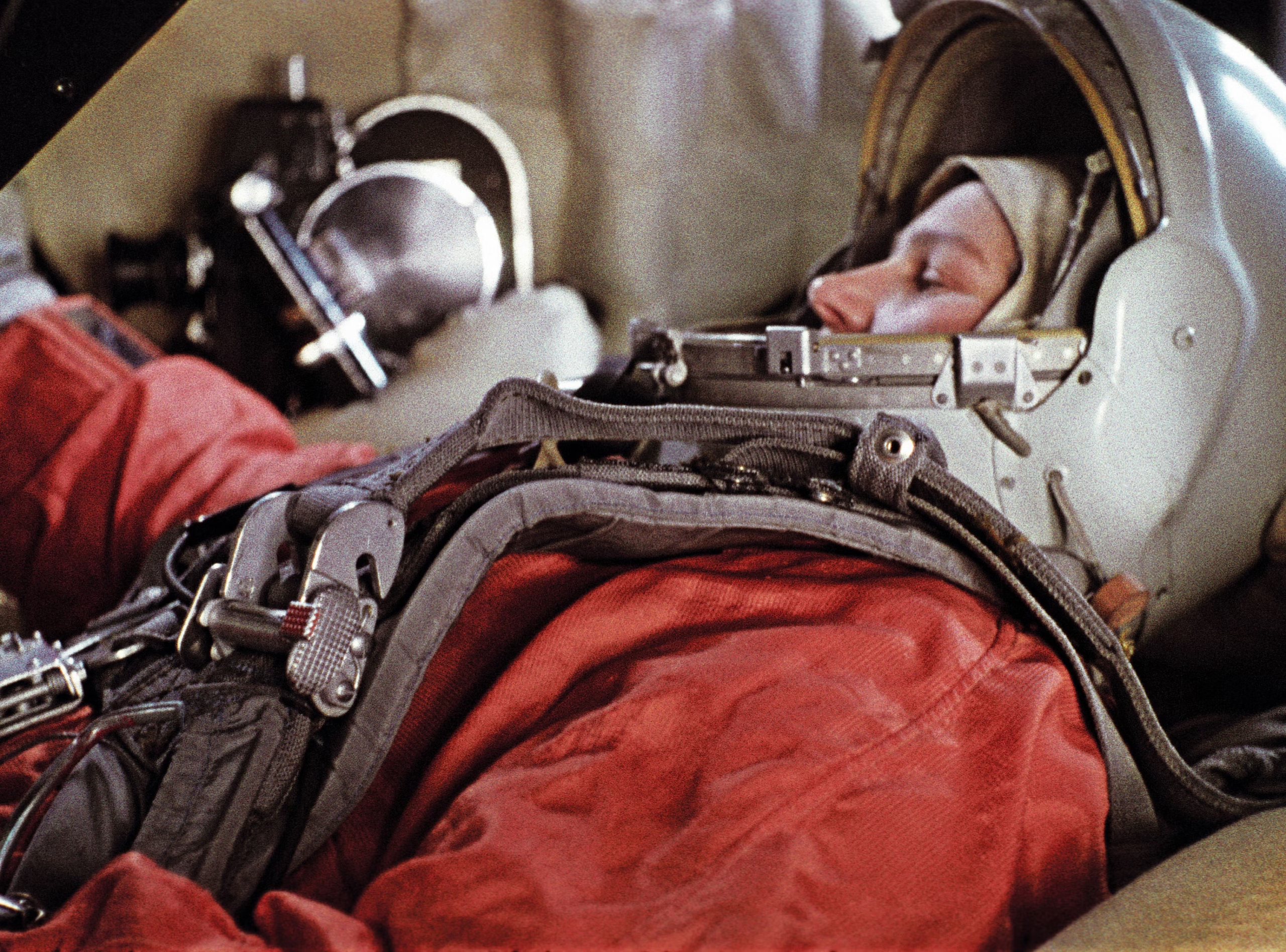
With a projected 35-year career in front of her, Rosemary is well-positioned for one of those missions. If selected, she could become the first Briton to walk on the Moon — a title that would etch her name into space exploration history.
“It’s thrilling that we’re going back,” she says. “And if there’s even the slightest chance I could be part of that effort — to stand on the Moon, to look back at Earth — I’d be beyond honored.”
Final Thoughts
Rosemary Coogan’s journey from academic stargazer to astronaut-in-training is a story of ambition, resilience, and scientific excellence. Every challenge she overcomes brings her one step closer to fulfilling not just her dream — but a national milestone.
Her determination, discipline, and drive could very well land her among the stars. And if the stars align, she might be the first Briton to walk on the Moon.
